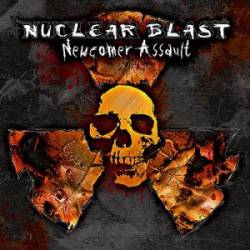


In these model scenarios, various soot clouds containing uncertain quantities of soot were assumed to form over cities, oil refineries, and more rural missile silos. It was within this context that the climatic effects of soot from fires became the new focus of the climatic effects of nuclear war. "Nuclear winter," or as it was initially termed, "nuclear twilight", began to be considered as a scientific concept in the 1980s, after it became clear that an earlier hypothesis, that fireball generated NOx emissions would devastate the ozone layer, was losing credibility. When developing computer models of nuclear-winter scenarios, researchers use the conventional bombing of Hamburg, and the Hiroshima firestorm in World War II as example cases where soot might have been injected into the stratosphere, alongside modern observations of natural, large-area wildfire-firestorms. It is speculated that the resulting cooling would lead to widespread crop failure and famine. The hypothesis is based on the fact that such fires can inject soot into the stratosphere, where it can block some direct sunlight from reaching the surface of the Earth. Nuclear winter is a severe and prolonged global climatic cooling effect that is hypothesized to occur after widespread firestorms following a large-scale nuclear war.


 0 kommentar(er)
0 kommentar(er)
